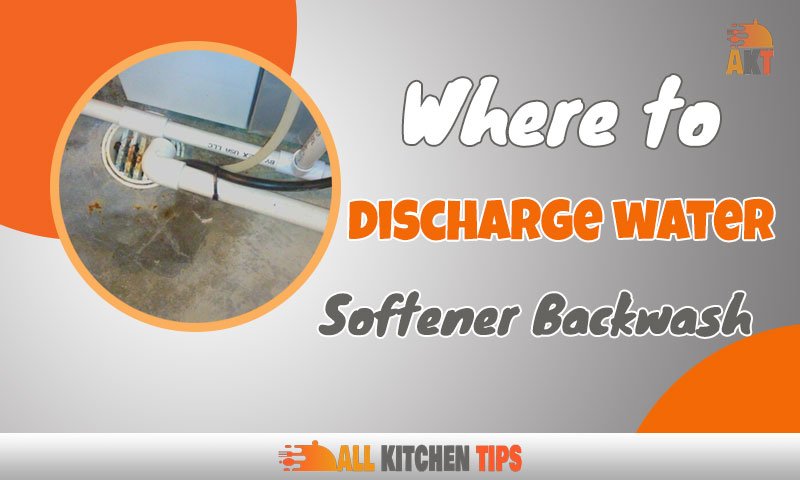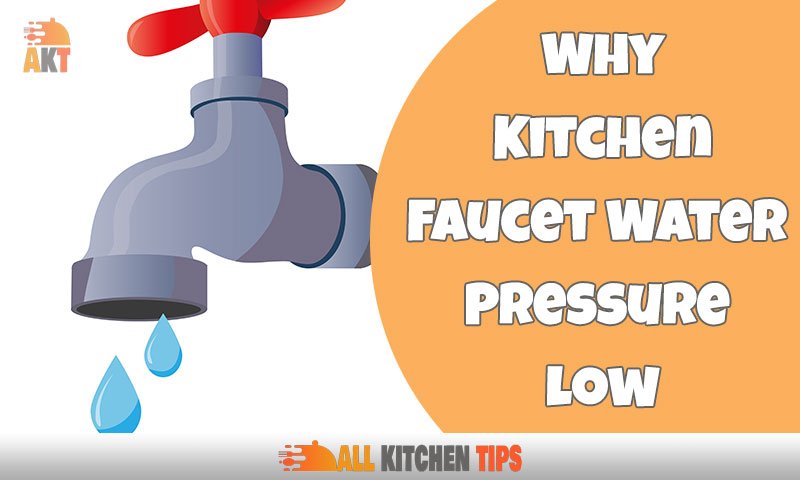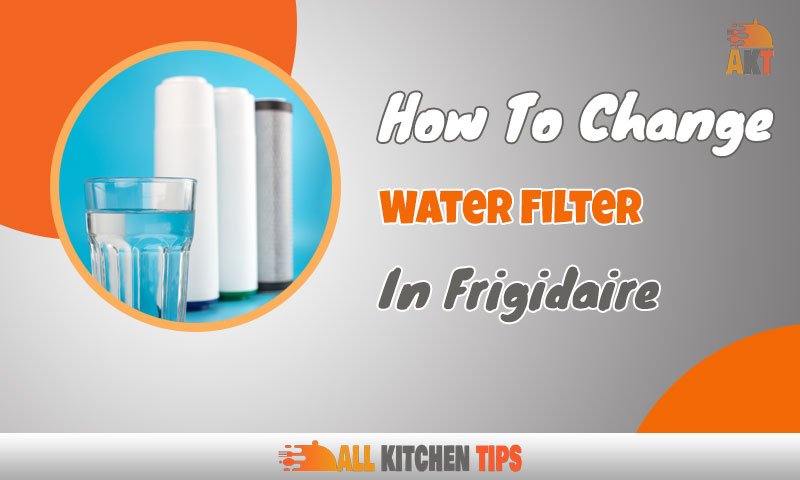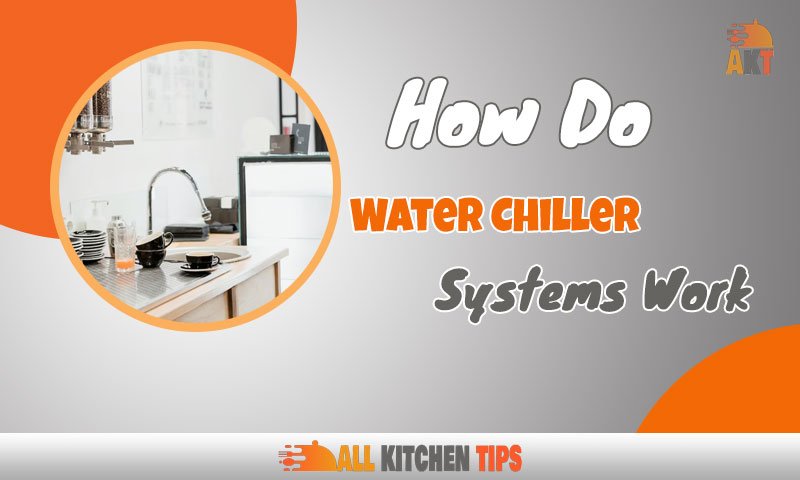Are you dealing with a water softener backwash discharge issue? If so, you’re not alone.
Millions of Americans are trying to figure out how to properly dispose of the salty water that is produced when their water softener backwashes. Improper disposal can lead to a variety of problems such as septic tank maintenance issues, corrosion of pipes and pumps, and contamination of nearby aquatic ecosystems.
Not only is it crucial for us to address this issue for the environment’s sake, but we also need to avoid expensive fines and potential legal action from local governments who are responsible for monitoring our water sources.
So what can we do? In this guide, we will explore the various methods available for disposing of water softener backwash discharge in order to ensure an environmentally friendly and cost-effective solution.
What Is Water Softener Backwash?
You may have heard of ‘backwash’ when it comes to water softeners, but what does it actually mean? In short, backwash is the process that helps maintain the quality and effectiveness of your water softener.
It involves sending water up through the resin tank in your softener with high pressure to remove any extra hard minerals settled in the resin bed. This helps keep the system running smoothly by clearing away sediment and debris buildup in the tank’s media.
You can think of it like brushing your teeth; getting rid of all the plaque and tartar buildup so your teeth remain clean, healthy and strong. The backwash process performs a similar role for your water softener, keeping it functional so you get optimal results from your home’s softened water.
Where to Discharge Water Softener Backwash
Determining the best location to discharge water softener backwash is critical for avoiding environmental contamination and costly repairs.
The ideal solution for the majority of individuals is to immediately connect the backwash discharge of their water softener to their neighborhood sewage system. Consult your local government since this can need a permit and inspection before installation. The majority of the time, waste water treatment facilities are equipped to handle any extra salts that water softening devices may add.
There are a few more possibilities if dumping into the sewer pipe is not an option. Other backwash disposal sites include dry wells, septic tanks, and French drains. To avoid harming or contaminating the septic system or the surrounding area, it is crucial to remember that backwash brine water should be treated cautiously.
Alternatives to Discharging Wastewater
If your local area doesn’t allow the discharge of water softener backwash, you still have options. Here are several alternatives to consider:
Land Application
Land application is a method of treating effluent and spraying it onto agricultural land for irrigation and nutrient supply. This process helps to support agricultural activities while ensuring that the effluent remains free of contaminants.
Constructed Wetlands
For individuals with a limited amount of area or a tight budget, constructed wetlands are a great choice for on-site wastewater treatment. Before releasing wastewater back into the environment, these systems rely on plants, microorganisms, and organic processes to filter and clean it.
Sand Filters
Another natural treatment method that combines biological, chemical, and physical processes to clean wastewater is the use of sand filters. Sand filters are simple to set up and maintain, much like built wetlands, which makes them perfect for homes with little resources or available area.
Incinerating Toilets
If you’re in search of an even more efficient sewer disposal solution, you may want to consider incinerating toilets. These systems are considered similar to composting toilets from a permitting perspective and do not require any additional sewage treatment beyond the initial burning process.
Approved Wastewater Discharge Locations
In order to maintain a healthy water system and protect public health, it is important to properly dispose of water softener backwash. The two most accepted methods of disposal for water softener backwash are:
NPDES Permits
Municipal wastewater emissions are subject to NPDES (National Pollutant Discharge Elimination System) permit restrictions and requirements. The amount of pollutants discharged is regulated by these permits, and pretreatment procedures are needed to reduce the amount of pollutants that travel through sewers. You might even be able to dump your backwash without a permit into a neighboring stream or river in some circumstances, depending on your local NPDES office.
Wastewater Treatment Facilities
Wastewater treatment facilities are also approved locations for water softener backwash disposal. However, before using them, it’s important to make sure the facility has been inspected and the operators have been certified. Additionally, industrial wastewater discharge permits may need to be applied for if the wastewater places an excessive demand on the sewer system.
Regulations for Wastewater Disposal in Your Area
It’s critical to comprehend local laws governing wastewater disposal. Water pollution is regulated by the Environmental Protection Agency (EPA) using the National Pollutant Discharge Elimination System (NPDES) and the Clean Water Act. You need a permit from the EPA or your state’s water pollution control agency in order to discharge any contaminants into American navigable waters. State regulations may also include how wastewater from a water softener backwash is treated, stored, processed, and disposed of.
It is best practice to check with your local government or a water treatment professional to determine which regulations apply in your area. Depending on where you live, there may be additional rules that need to be followed when disposing of wastewater from a water softener backwash.
Check Local Regulations to Determine Best Approach
Prior to making any choices on how to dispose of water softener backwash, it is crucial to be informed of any applicable municipal laws. There can be various conditions and limitations depending on where you are. The size of your land, the kind of system you have installed, and the accessibility of adjacent water sources can all affect this. Furthermore keep in mind that it’s best to never discharge backwash close to a nearby water source.
With that in mind, there are a few potential options worth considering when looking for an appropriate solution:
- Gray water systems can be a good choice, as they are designed to treat wastewater from your home or business while preventing contamination of local drinking or groundwater resources.
- Onsite wastewater treatment systems such as septic systems can also be used for discharging backwash in many areas and may provide an efficient way to reduce waste and protect the environment.
- In some cases, reusing treated backwash water for other applications such as irrigation may also be allowed under certain local regulations – consult your local authority to find out more about this option in your area.
Conclusion
Water softener backwash discharge presents a unique challenge in many areas due to its high salt content. The best solution for disposing of water softener backwash is to discharge it into a location that’s permitted to receive such discharge. This can include a septic sump, storm drain, or a surface water body. You can also employ a backwash recycling system, which uses reverse osmosis to transform the backwash into clean, usable water, if none of these options are available. Whichever solution you select, keep in mind to consult your local authorities to ensure that you are abiding by all laws and regulations.





